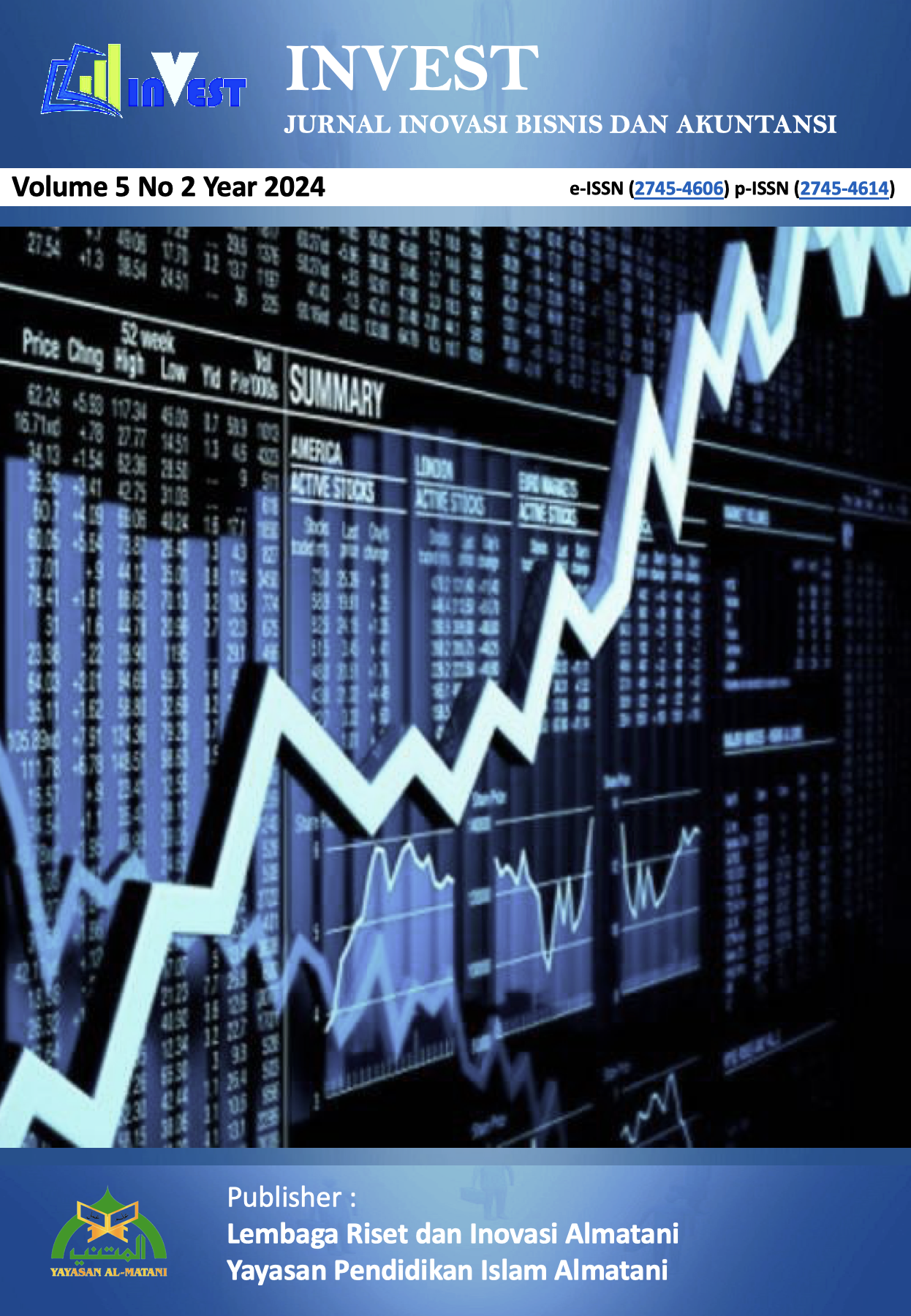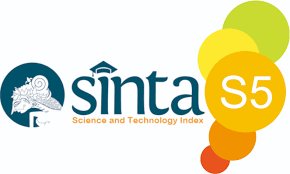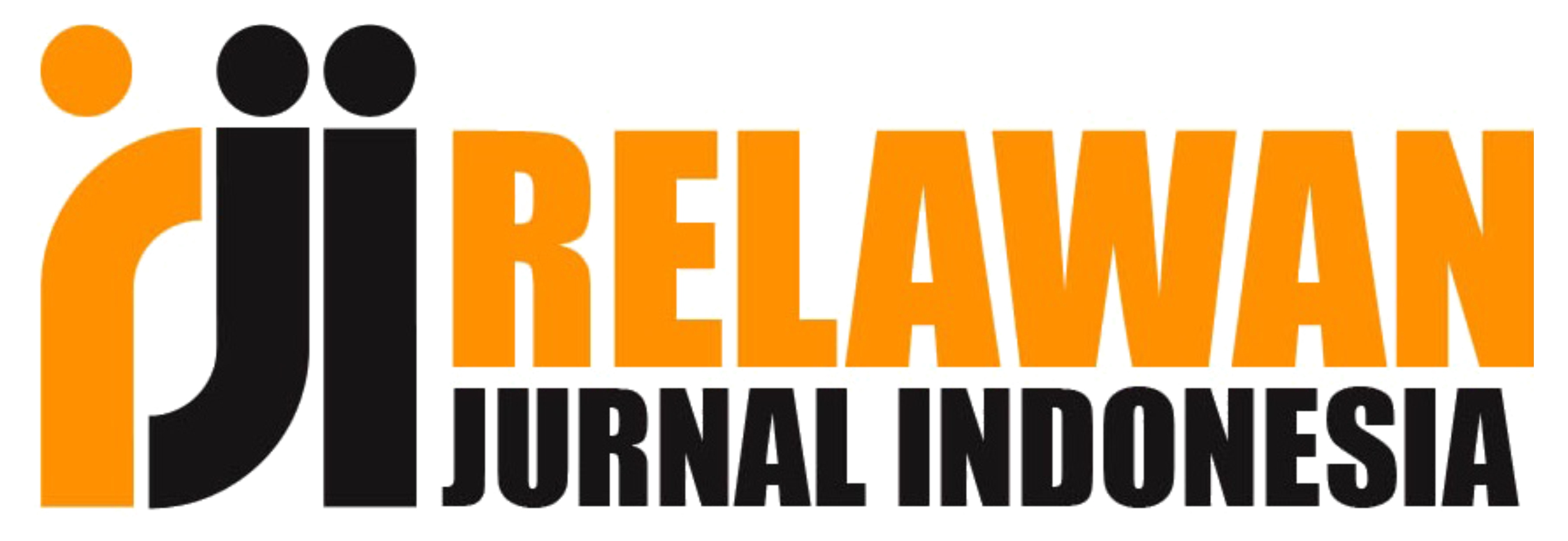Empowering Performance: How Compensation and Motivation Influence Employees at PT. Pelita Abadi Sejahtera Cirebon
DOI:
https://doi.org/10.55583/invest.v5i2.851Keywords:
Compensation, Work Motivation, Employee PerformanceAbstract
This research aims to: (1) analyze, understand, and explain compensation at PT Pelita Abadi Sejahtera; (2) analyze, understand, and explain motivation at PT Pelita Abadi Sejahtera; (3) analyze, understand, and explain employee performance at PT Pelita Abadi Sejahtera; (4) analyze, understand, and explain the relationship between compensation and motivation with employee performance at PT Pelita Abadi Sejahtera; (5) analyze, understand, and explain the effect of compensation on employee performance at PT Pelita Abadi Sejahtera; (6) analyze, understand, and explain the effect of motivation on employee performance at PT Pelita Abadi Sejahtera; and (7) analyze, understand, and explain the combined effect of compensation and motivation on employee performance at PT Pelita Abadi Sejahtera. The study utilizes a descriptive method to describe issues related to the independent variables—compensation, work motivation, and employee performance. The verification approach is used to assess the effects of compensation and work motivation on employee performance. The population consists of employees at PT Pelita Abadi Sejahtera Cirebon in the second process section, with a total sample of 67 employees selected using nonprobability sampling. Path analysis is employed as the analytical tool. The results reveal: (1) a very strong and positive correlation between the compensation variable (X1) and work motivation (X2), with a correlation coefficient of 0.808; (2) no partial effect of compensation (X1) on employee performance (Y), where compensation contributes 10.28% to employee performance; (3) a partial effect of work motivation (X2) on employee performance (Y), with work motivation influencing employee performance by 84.76%; and (4) a significant simultaneous effect of compensation (X1) and work motivation (X2) on employee performance (Y), accounting for 95.03%, with the remaining impact attributable to other factors.
References
Aguinis, H., Joo, H., & Gottfredson, R. K. (2013). What monetary rewards can and cannot do: How to show employees the money. Business Horizons, 56(2), 241-249. https://doi.org/10.1016/j.bushor.2012.11.007
Al-Madi, F. N., Assal, H., Shrafat, F., & Zeglat, D. (2017). The impact of employee motivation on organizational commitment. European Journal of Business and Management, 9(15), 134-145.
Amabile, T. M. (1993). Motivational synergy: Toward new conceptualizations of intrinsic and extrinsic motivation in the workplace. Human Resource Management Review, 3(3), 185-201. https://doi.org/10.1016/1053-4822(93)90012-S
Anitha, J. (2014). Determinants of employee engagement and their impact on employee performance. International Journal of Productivity and Performance Management, 63(3), 308-323. https://doi.org/10.1108/IJPPM-01-2013-0008
Bryson, A., Forth, J., & Stokes, L. (2017). How much performance pay is there in the public sector and what are its effects? Human Resource Management Journal, 27(4), 581-597. https://doi.org/10.1111/1748-8583.12162
Chiang, F. F. T., & Birtch, T. A. (2010). Pay for performance and work attitudes: The moderating effect of self-construal. International Journal of Human Resource Management, 21(13), 2513-2536. https://doi.org/10.1080/09585192.2010.516592
Deci, E. L., Koestner, R., & Ryan, R. M. (1999). A meta-analytic review of experiments examining the effects of extrinsic rewards on intrinsic motivation. Psychological Bulletin, 125(6), 627-668. https://doi.org/10.1037/0033-2909.125.6.627
Dysvik, A., & Kuvaas, B. (2013). Intrinsic and extrinsic motivation as predictors of work effort: The moderating role of achievement goals. British Journal of Social Psychology, 52(3), 412-430. https://doi.org/10.1111/j.2044-8309.2011.02090.x
Gagné, M., & Deci, E. L. (2005). Self-determination theory and work motivation. Journal of Organizational Behavior, 26(4), 331-362. https://doi.org/10.1002/job.322
Hafiza, N. S., Shah, S. S., Jamsheed, H., & Zaman, K. (2011). Relationship between rewards and employee motivation in the non-profit organizations of Pakistan. Business Intelligence Journal, 4(2), 327-334.
Latham, G. P., & Pinder, C. C. (2005). Work motivation theory and research at the dawn of the twenty-first century. Annual Review of Psychology, 56(1), 485-516. https://doi.org/10.1146/annurev.psych.55.090902.142105
Meyer, J. P., Stanley, D. J., Herscovitch, L., & Topolnytsky, L. (2002). Affective, continuance, and normative commitment to the organization: A meta-analysis of antecedents, correlates, and consequences. Journal of Vocational Behavior, 61(1), 20-52. https://doi.org/10.1006/jvbe.2001.1842
Miao, R., & Cao, Y. (2019). High-performance work systems and employee engagement: Mediating effect of thriving and moderating role of proactive personality. Sustainability, 11(22), 66-79. https://doi.org/10.3390/su11226497
Park, S., & Johnson, K. R. (2019). Job satisfaction, work engagement, and turnover intention of CTE health science teachers. International Journal of Hospitality Management, 76, 176-184. https://doi.org/10.1016/j.ijhm.2018.03.014
Ryan, R. M., & Deci, E. L. (2000). Intrinsic and extrinsic motivations: Classic definitions and new directions. Contemporary Educational Psychology, 25(1), 54-67. https://doi.org/10.1006/ceps.1999.1020
Downloads
Published
How to Cite
Issue
Section
License
Copyright (c) 2024 Tiyo Riswanto, Asep Jamaludin, Nandang Nandang

This work is licensed under a Creative Commons Attribution-NonCommercial 4.0 International License.










